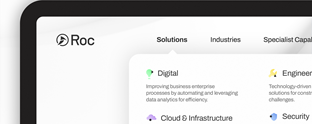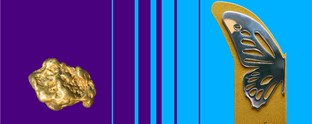Rebranding in the travel sector

It has recently been announced that Malaysia Airlines may undergo a rebrand in a last ditch attempt to save its brand from extinction.
This case represents a rebrand motivated by the worst possible circumstances, however, a company being forced to rebrand is not uncommon in the travel and tourism industry. Tourism boards are sometimes tasked with the huge challenge of overturning a country’s reputation following on from political disaster or a bad reputation. In 2010, the Mexico Tourism Board and Ogilvy carried out a rebrand that challenged what people thought they knew about Mexico, expanding its associations beyond beaches and the cartel.
The travel and tourism brand often has very little control over the way it is perceived. While it can play along with, or even alter, the way a person views a certain country or region, it is always playing up against deeply rooted preconceived notions of an area.
Another challenge that effects the travel and tourism industry is that, more than in any other sector, delivering global appeal is absolutely integral to the creation of a successful brand. Tourism boards, airlines, hotels, car rentals, and travel services, must all appeal to varied multiple markets, while remaining rooted in their host country.
A recent rebrand by Tahiti Tourisme, the destination marketing office for French Polynesia, serves as an example of the fun and creativity that can go into rebrands in this sector. The identity was designed in collaboration with Futurebrand(Australia), and incorporates a Tahitian word into the wordmark by enlarging the ‘H’ in Tahiti. The word ‘Hiti’ means getaway, an appealing concept to tourists that also harks back to Tahitian identity and culture. The imagery of the new brand is natural and handcrafted, and therefore connected to the people of Tahiti, and its fun and colourful design features will no doubt appeal to a global audience.
Travel and tourism brands really have the opportunity to appeal to people’s desires and fantasies since they operate in such an indulgent and luxurious market.
Brand Union and Ray + Keshavan recently launched the Vistara airline brand, a joint venture between Tata Sons andSingapore Airlines. Sujata Keshavan, chairperson at Ray + Keshavan and Brand Union, says, “This was not just another branding project for us – we are all very emotionally invested in it. We know that with Vistara, we are creating an Indian brand that will dominate global skies.” It is the global standards and Asian soul promised by the creators of Vistara’s brand that is indicative of what the majority of travel and tourism brands seek to achieve.
While the Vistara name is Indian in origin (vistaar means ‘infinite expanse’ in Sanskrit), it also sounds similar to the English word ‘vista’ which has similar associations that are equally appropriate for an airline brand. Vistara also promises comfortable and pleasurable flying experiences; tapping into the luxury theme.
The concept of comfort and the idea of making customers feel at home is a key aspect of many travel brands. When people travel they are away from home and their daily comforts, so the best qualities a travel and tourism brand can be associated with are comfort, clarity, and accessibility. This homeliness was exemplified by Airbnb’s recent rebrand.
Whatever the motivator for a rebrand, and the associated challenges brought to the table by the nature of the travel industry, there is an opportunity to create high levels of consumer engagement and to see results on a large scale. In 2011, following the rebrand, Mexico’s international tourist visits hit record highs. However, for Malaysia Airlines the nature of its crisis could be too much for it to overcome. While history shows that airlines can move on from tragedy, just as many have been unable to recover. The way Malaysia Airlines handles its brand over the coming months and years will be crucial.












